FROZEN BEEF FLANK
From Frozen Flank to Flavorful Feast: A Guide to Cooking Frozen Beef Flank Steak
Beef flank steak is a versatile and flavorful cut, perfect for grilling, pan-searing, or even slow-cooking. But what happens when you only have a frozen flank steak on hand? Don’t despair! Cooking flank steak from frozen is entirely possible, though it requires a slightly different approach. This guide will walk you through the process, ensuring you can enjoy a delicious meal even with a frozen starting point.
Why Choose Flank Steak?
Flank steak is a lean, flat cut of beef taken from the abdominal muscles of the cow. It’s known for its intense beefy flavor and affordability. Its structure, with long, prominent muscle fibers, makes it ideal for marinades and lends itself well to slicing thinly against the grain after cooking.
The Challenge of Frozen Flank Steak
Cooking frozen meat, in general, presents a unique set of challenges. The primary concern is even cooking. The outside can cook quickly, becoming tough, while the inside remains frozen or undercooked. This is especially true for a relatively thin cut like flank steak.
Thawing (or Not Thawing?) Your Flank Steak
Ideal Scenario: The Thawing Method: While you can cook frozen flank steak, thawing it first is generally recommended for optimal results and more even cooking. The best way to thaw it is slowly in the refrigerator for 24-48 hours, depending on the thickness of the steak. Place the steak in a leak-proof bag or container to prevent drips. This method ensures the meat thaws evenly and retains its moisture.
If You’re Short on Time: Cold Water Thawing: If you’re in a hurry, submerge the steak (still in its vacuum-sealed packaging or a resealable bag) in a bowl of cold water. Change the water every 30 minutes to maintain a cold temperature. This method can thaw a flank steak in a few hours, depending on its thickness.
The “No Thaw” Emergency Method: If you absolutely must cook the flank steak immediately from frozen, don’t worry, it’s possible! But be prepared to adjust your cooking time and technique significantly. We’ll cover the specific instructions below.
Cooking Frozen Flank Steak: The “No Thaw” Method
If you’re cooking your flank steak directly from frozen, here’s how to do it:
Choose Your Cooking Method:
Pan-Searing: This method works best for thinner flank steaks and allows for a quick, controlled cook.
Oven Roasting: Best for thicker flank steaks, providing a more even and gentle cooking process.
Preheat Your Cooking Surface:
Pan-Searing: Heat a heavy-bottomed skillet (cast iron is ideal) over medium-high heat with a high-smoke-point oil like canola or avocado.
Oven Roasting: Preheat your oven to 275°F (135°C).
Prepare the Steak: Pat the frozen steak dry with paper towels. This will help with searing. Season generously with salt, pepper, and any other desired spices. Consider using a dry rub to infuse flavor.
Sear (If Pan-Searing): Carefully place the frozen steak in the hot pan. Sear for 4-5 minutes per side, until a deep brown crust forms.
Oven Bake (For Both Methods): Transfer the seared steak (or the seasoned frozen steak if skipping the sear) to a baking sheet. Bake in the preheated oven for 20-30 minutes, or until the internal temperature reaches your desired doneness. Use a meat thermometer inserted into the thickest part of the steak to gauge the temperature.
Rare: 125-130°F (52-54°C)
Medium-Rare: 130-135°F (54-57°C)
Medium: 135-145°F (57-63°C)
Medium-Well: 145-155°F (63-68°C)
Well-Done: 155°F+ (68°C+) – Not recommended for flank steak
Rest is Key: Remove the steak from the oven and let it rest for at least 10 minutes, loosely tented with foil. This allows the juices to redistribute, resulting in a more tender and flavorful steak.
Slice Against the Grain: This is crucial for flank steak! Identify the direction of the muscle fibers and slice the steak thinly at a 45-degree angle, perpendicular to the grain. This will shorten the fibers, making the steak easier to chew and more tender.
Tips for Success
Don’t Overcook: Flank steak is best served medium-rare to medium. Overcooking will result in a tough and dry steak.
Marinades are Your Friend: Even with a frozen start, you can still marinate the steak. Just allow for a longer marinating time once it thaws slightly in the refrigerator.
Consider Pounding: To help tenderize the steak and promote even cooking, place it between two sheets of plastic wrap and gently pound it with a meat mallet before cooking (if you thawed it first).
Invest in a Good Meat Thermometer: It’s the most reliable way to ensure your steak is cooked to the desired doneness.
Be the first to review “FROZEN BEEF FLANK” Cancel reply
Related products
Frozen Beef
Frozen Beef
Frozen Beef
Frozen Beef
Frozen Beef
Frozen Beef
Frozen Beef
Frozen Beef



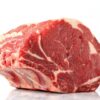
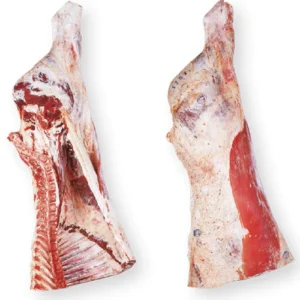

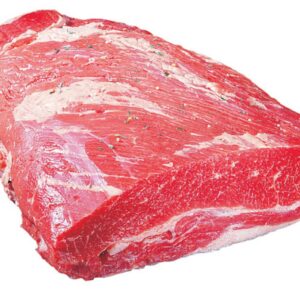

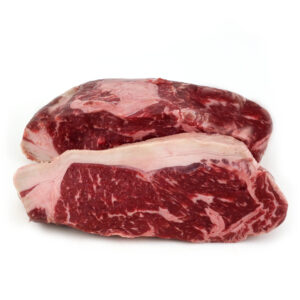
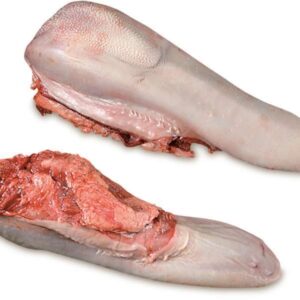


Reviews
There are no reviews yet.